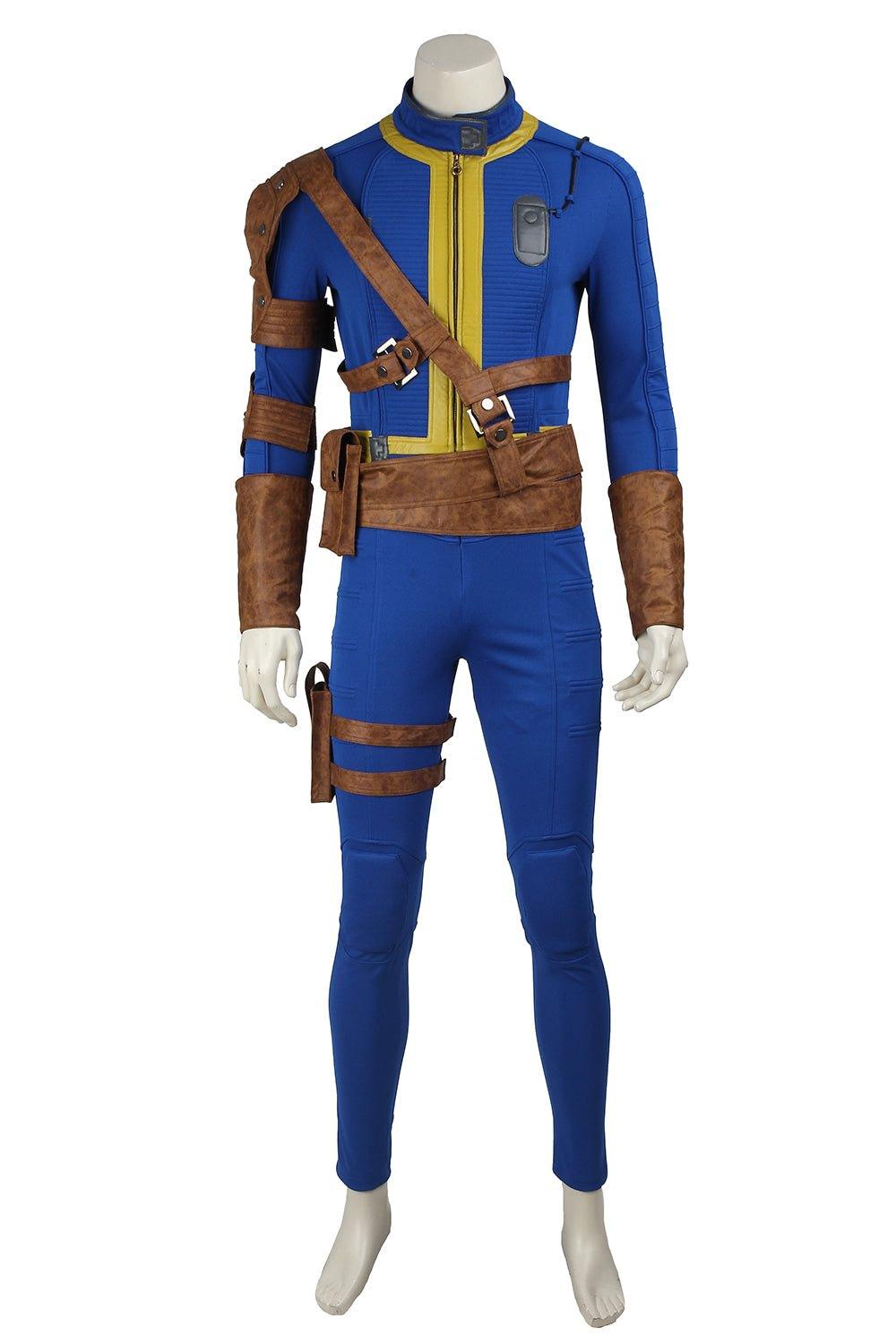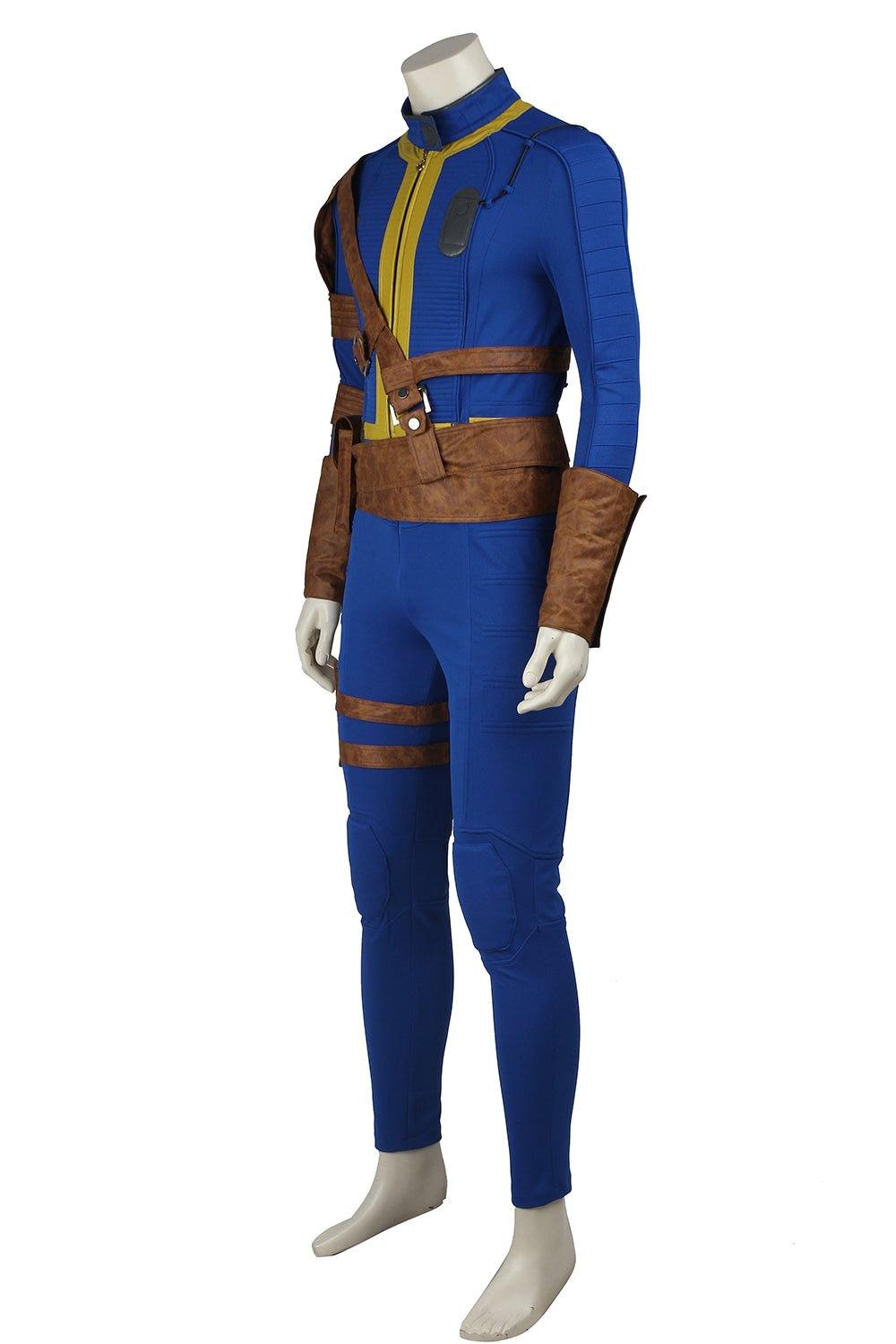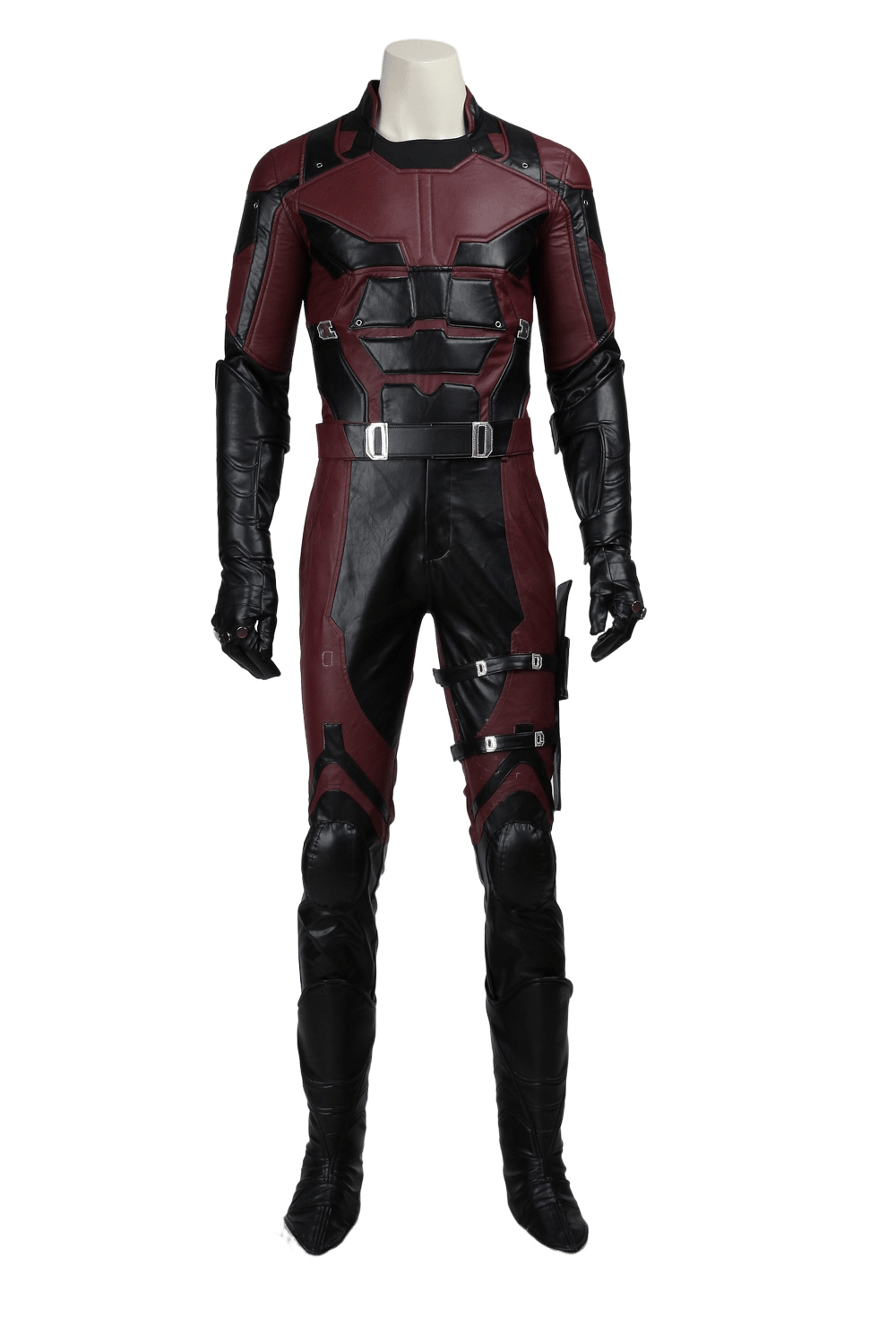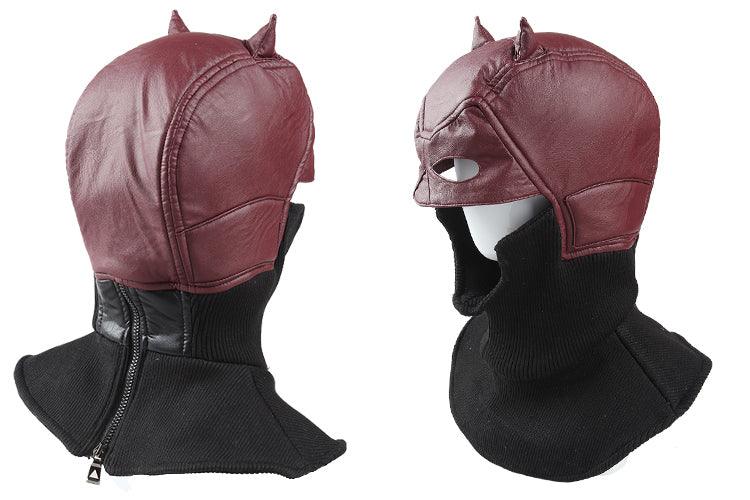To create a comprehensive 2000-word guide on making cosplay wings, I'll expand on the information provided in the search results, incorporating details from various sources and including content from crazecosplay.com. Here's an in-depth tutorial on how to make cosplay wings:
Planning and Design
Before diving into the construction process, it's crucial to plan and design your cosplay wings carefully. This initial stage sets the foundation for your entire project.
Gather Reference Images
Start by collecting reference images of the character's wings you want to recreate. These images will serve as your guide throughout the creation process. Look for multiple angles and close-up shots to get a complete understanding of the wing structure and details.
Sketch and Highlight
Using your reference images, sketch out the wings on paper. Highlight the parts that will form the base or supporting structure in one color, and use a different color to mark the decorative areas or trim that will be attached later. This visual breakdown will help you plan the construction steps more effectively.
Determine Wing Type
Analyze your character and decide what type of wings you'll be creating. Common types include:
-
Bird wings
-
Bat wings
-
Butterfly or insect wings
-
Dragon wings
-
Mechanical or robotic wings
Each type has unique characteristics that will influence your construction method and materials.
Size Considerations
Decide on the size of your wings. This is a crucial factor that will affect:
-
The frame's construction
-
How the wings will be worn
-
Materials needed
-
Overall weight and support requirements
Remember to consider practicality – oversized wings might look impressive but can be challenging to maneuver in crowded convention spaces.
Choosing Materials
Selecting the right materials is essential for creating durable and visually appealing cosplay wings. Here are some options to consider:
Frame Materials
-
Wood: Lightweight but can break easily
-
Wire: Lightweight and bendable, but may require additional tools for thicker gauges
-
PVC pipe: Rigid and lightweight, but not pliable
-
Aluminum profiles: Sturdy and relatively lightweight
-
Foam board: Easy to work with and very lightweight
Covering Materials
-
Fabric: Can be sewn over the frame and provides a base for attaching feathers or scales
-
PVC vinyl: Available in various colors and textures, great for bat-like wings
-
Feathers: Ideal for bird-inspired wings
-
Scales: Perfect for dragon or fish-inspired wings
-
Clear polypropylene plastic sheets: Useful for transparent or translucent wings
Additional Materials
-
Hot glue and glue gun
-
Spray adhesive (e.g., Super 77)
-
Scissors and craft knives
-
Pliers (for wire work)
-
Sewing machine (if using fabric)
-
Paint and brushes (for detailing)
Frame Construction
The frame is the backbone of your cosplay wings, providing structure and support. Here's how to create a sturdy frame:
Wire Frame Method
-
On a large piece of paper, draw a center line and outline the general shape of one wing.
-
Use a thick gauge wire and shape it along the outline using pliers.
-
Start at the center line and work your way around, returning to the center.
-
For symmetrical wings, mirror the shape for the opposite wing.
-
Attach the wire ends to a foam base for added stability.
PVC or Wood Frame Method
-
Create a sturdy center frame first[4].
-
Lay out the interior skeletal network using PVC pipes or wooden dowels.
-
Test the frame's integrity by picking it up – if it feels wobbly, reinforce weak points.
-
Mark where shoulder straps will be attached and reinforce these sections.
Articulated Wings
For more complex, movable wings:
-
Study bird anatomy to understand joint placement.
-
Create three main "bones" with joints, using materials like foam board or aluminum profiles.
-
Design a system of strings or wires that will control the wing movement.
-
Experiment with joint placement to achieve the desired range of motion.
Covering the Frame
Once your frame is complete, it's time to add the covering that will give your wings their final appearance.
Fabric Method
-
Create a fabric pattern that matches your frame's shape.
-
For more flexibility, use a four-way stretch fabric that will conform to the frame's contours.
-
Sew the fabric cover and slip it over the frame, securing it in place.
Feather Application
-
Start with the longest feathers at the bottom of the wing.
-
Work your way up, adding layers of shorter feathers.
-
Overlap each row to create a natural, layered look.
-
Use spray adhesive or hot glue to secure the feathers in place.
Scale Creation
-
Design a scale pattern based on your character reference.
-
Cut out hundreds or thousands of individual scales from your chosen material.
-
Start at the bottom of the wing and work your way up, overlapping scales as you go.
Foam Method
For a smooth, paintable surface:
-
Cut foam sheets to fit the frame sections.
-
Glue the foam onto the frame, ensuring a smooth surface.
-
Use thinner foam to create details or texture as needed.
-
Sand the foam for an even smoother finish if desired.
Detailing and Finishing
The final touches can make a significant difference in the overall appearance of your cosplay wings.
Painting
-
Choose paints suitable for your wing material (e.g., acrylic for foam, fabric paint for cloth).
-
Apply a base coat in the primary color of your wings.
-
Use shading and highlighting techniques to add depth and dimension.
-
Add any patterns or special effects (e.g., metallic accents, glow-in-the-dark details).
Weathering
If your character's wings should look worn or battle-damaged:
-
Use sandpaper to create worn edges on foam or fabric.
-
Apply darker paint in recesses to simulate dirt or age.
-
Dry-brush lighter colors on raised areas for a weathered look.
Adding Mechanics (Optional)
For articulated or moving wings:
-
Install any necessary mechanics (e.g., pulleys, strings) to control wing movement.
-
Test the movement system thoroughly before finalizing.
-
Ensure all moving parts are securely attached and function smoothly.
Attachment and Wearability
Making your wings comfortable and secure to wear is crucial for a successful cosplay.
Harness Creation
-
Design a harness that distributes the weight of the wings evenly across your back and shoulders.
-
Use wide webbing or padded straps for comfort, especially for larger wings.
-
Consider creating a harness that can be worn under your costume for a cleaner look.
Adjustability
-
Incorporate adjustable straps or closures (e.g., velcro) to ensure a proper fit.
-
Add extra length to closures for fitting adjustments.
Concealment
-
Plan how to hide the harness and attachment points within your costume design.
-
Use fabric or decorative elements that match your costume to cover any visible straps or hardware.
Special Considerations for Different Wing Types
Depending on the type of wings you're creating, there are specific techniques to consider:
Butterfly Wings
-
Use clear or translucent materials to achieve a delicate appearance.
-
Paint or print intricate patterns onto the wing material.
-
Consider using wire to create visible "veins" within the wings.
Mechanical Wings
-
Incorporate moving parts or gears for a more dynamic appearance.
-
Use metallic paints or actual metal components for authenticity.
-
Add LED lights for a high-tech look.
Dragon Wings
-
Create a more robust frame to support larger, heavier wings.
-
Use textured materials or sculpted foam to simulate scales.
-
Consider adding spikes or horns along the wing edges for extra detail.
Maintenance and Transportation
Proper care will ensure your cosplay wings last through multiple conventions and photoshoots.
Storage
-
Create a custom storage solution that protects your wings from damage.
-
Use padded bags or cases for transportation.
-
Store wings in a cool, dry place to prevent warping or material degradation.
Repairs
-
Carry a small repair kit with glue, extra feathers or scales, and touch-up paint.
-
Know how to quickly fix common issues like detached feathers or loose straps.
Spotlight on crazecosplay.com
While creating your own wings can be a rewarding experience, sometimes purchasing a pre-made costume can be a great option, especially for beginners or those short on time. crazecosplay.com offers a variety of cosplay costumes, including some with impressive wing designs.
For example, their Monster Hunter Stories 2: Wings of Ruin Ena Cosplay Costume features a complete outfit that includes wings. When considering a purchase from crazecosplay.com or any cosplay retailer:
-
Check the sizing charts carefully to ensure a good fit.
-
Read product descriptions thoroughly to understand what's included in the costume.
-
Look for customer reviews or photos to get an idea of the costume's quality and appearance.
-
Consider how you might customize or enhance a purchased costume to make it uniquely yours.
Conclusion
Creating cosplay wings is a challenging but rewarding process that allows you to bring fantastical characters to life. Whether you're crafting intricate feathered wings, sleek bat wings, or futuristic mechanical wings, the key to success lies in careful planning, attention to detail, and a willingness to experiment with different techniques and materials.
Remember that your first attempt may not be perfect, and that's okay. Cosplay is as much about the journey of creation as it is about the final product. Each project will teach you new skills and techniques that you can apply to future costumes.
Whether you decide to build your wings from scratch or purchase a pre-made costume from retailers like crazecosplay.com, the most important thing is to have fun and express your creativity. Your cosplay wings are an extension of your passion for the character and the craft – wear them with pride at your next convention or photoshoot!







